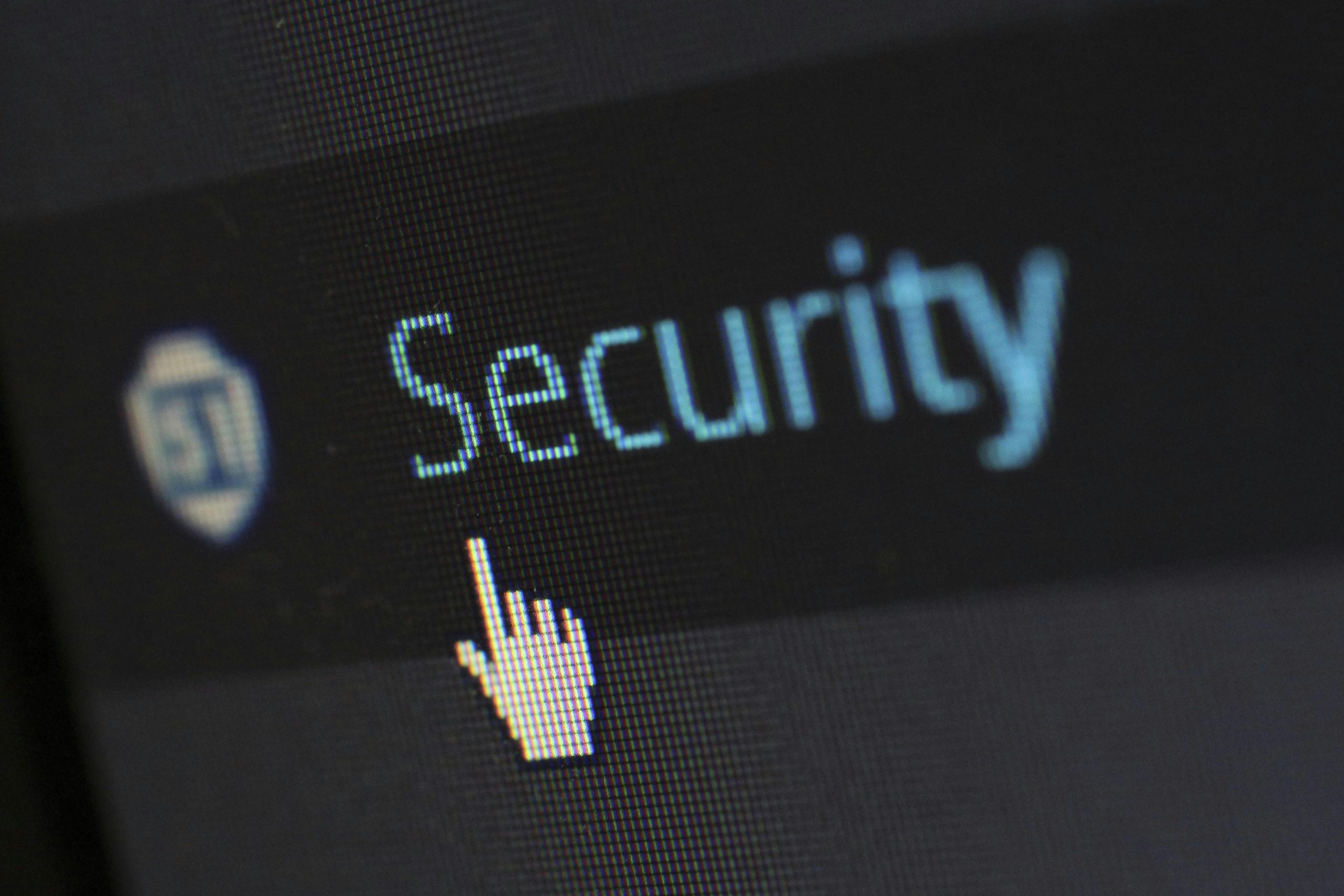Troubleshooting Custom Cursor Alignment Issues on Windows 11
Are you experiencing difficulties with your custom cursor not aligning properly on your screen? If so, you’re not alone. Many users who personalize their cursor icons encounter challenges with accuracy and click precision. In this article, we’ll explore common reasons behind cursor misalignment and provide practical solutions to improve your experience.
Understanding the Issue
Customizing your cursor icon can add a fun and personalized touch to your Windows experience. In your case, you’ve replaced the default cursor with a series of images featuring a red cherry shrimp. While this personalization can be enjoyable, it can sometimes lead to issues where the cursor isn’t pointing exactly where you expect, causing you to have to move significantly off to click on icons or links.
Possible Causes
-
Incorrect Hotspot Placement:
When creating or applying a custom cursor, it’s crucial to designate a ‘hotspot’—the precise pixel point within the cursor image that interacts with screen elements. If the hotspot isn’t correctly set, the cursor’s visual position won’t match its actual click point. -
Image Dimensions and Resolution:
Using images with inconsistent sizes or resolutions can distort cursor behavior. Ensure all cursor images are uniform and optimized for Windows cursor standards (.cur or .ani files). -
Conversion Errors:
If you converted images into cursor files using third-party tools, improper settings might have caused misalignment. -
Corrupted Cursor Files:
Corrupt files can result in unpredictable cursor behavior.
Recommended Solutions
-
Verify and Redefine Hotspots
When creating cursor images (.cur files), use dedicated cursor creation software (e.g., RealWorld Cursor Editor, IcoFX, or GIMP with plugins) to accurately set the hotspot at the intended point—usually the tip of a pointer or the center of an icon. Make sure the hotspot coordinates align with the visual position of the cursor. -
Use Proper Image Formats and Sizes
Stick to standard cursor dimensions (usually 32×32 or 48×48 pixels). Ensure all images are saved as .cur or .ani files. Consistent sizing helps maintain accurate positioning. -
Test Multiple Cursor Files
Before applying your custom cursor system-wide, test individual files to see how they behave. Adjust hotspots as necessary. -
Reapply the Custom Cursor
To change your cursor: -
Navigate to **Settings > Personalization
Share this content:



